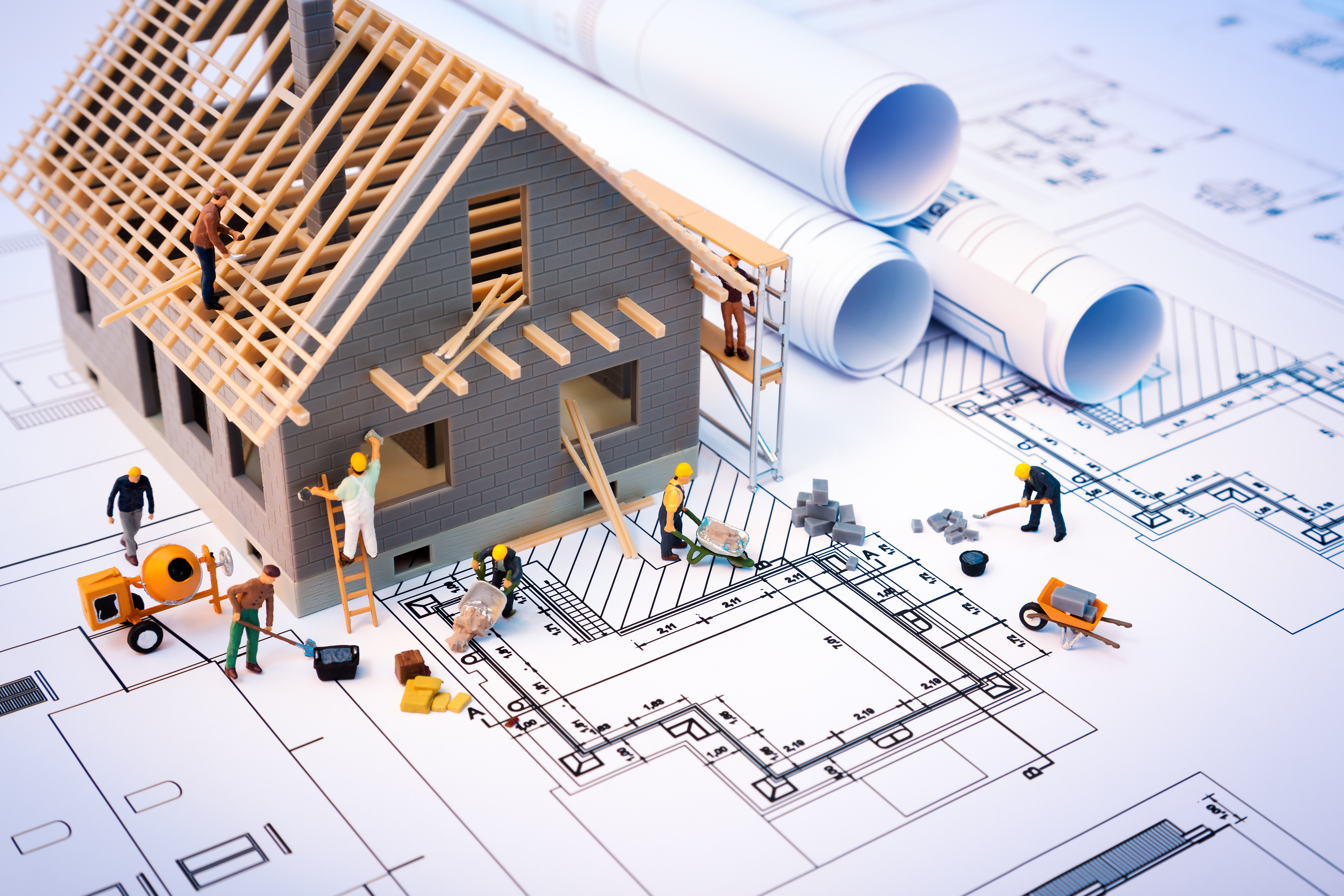Introduction
Building your dream home requires careful budgeting and planning. Account for land costs, construction, interiors, permits, and landscaping. Set aside a 10–15% contingency fund for unexpected expenses. Explore financing options like home loans, construction loans, government schemes, or self-funding, and choose repayment plans wisely. A solid financial plan ensures your dream home becomes a reality with minimal stress.
In this article
Planning Your Perfect Home
Alright, let’s face it – building a house is like hosting a big, fat wedding. There’s excitement, chaos, and expenses spiralling out of control if you don’t have a solid plan. So, let’s break this down.
A. Estimate Total Costs

Step one: Know where your money is going. The costs pile up faster than you can keep track of, so here’s what you need to watch out for:
1. Land Costs:
o Land price (this is where it all begins).
o Registration and stamp duty (depends on which state you are in and is usually around 7 to 9%).
o Lawyer fees – to ensure you are buying a legal property and won’t face issues later.
2. Construction Costs:
o Foundation – A strong foundation is worth investing in, as this is where your vision starts taking shape.
o Structure – Cement, bricks, steel... basically the “skeleton” of your dream home. The stronger it is, the better your finished home will look and feel.
o Roofing – Whether you’re going for tiles or slabs.
o Walls and plastering – This directly adds to the beauty and strength of your home.
3. Interior and Finishing:
o Modular kitchen (yes, it’s fancy, but it’s functional). It helps save space and makes cooking a pleasure.
o Wardrobes and cabinets – Depends on how much you want to store.
o Electricals and plumbing – Let’s light the house up and ensure there’s water all the time.
4. Permits and Approvals:
o Pay your dues to the municipal authorities for building approvals, clearances, and utility setups.
5. Landscaping:
o Even if you’re not a gardening enthusiast, a nice boundary wall and a gate that impresses.
B. Set Contingency Funds

• Rule of thumb: Always expect the unexpected. Think price hikes, sudden “what if we add this?” moments, or a transport strike—or whatever the he(i)ck!
• Buffer it: Keep 10–15% of your budget as a rainy-day fund.
Remember, it’s not just a “just-in-case” fund – it’s your saviour fund when things go sideways.
C. Financing Options

Unless you’re self-sufficient, chances are you’ll need some financial backing. Here’s how to play it smart:
1. Home Loans:
o Check your eligibility (a good credit score helps).
o Pick a repayment plan you can live with (10–30 years).
o Fixed vs. floating interest? Fixed is predictable; floating is risky but rewarding when rates drop.
2. Construction Loans:
o These loans come in bite-sized chunks (disbursed in phases) based on your building progress.
o No milestone = no money, so keep your contractor on their toes.
3. Government Schemes:
o If it’s your first home, you might qualify for subsidies under schemes like PMAY. Check with your local housing authority or financial institutions for details.
4. Self-Funding:
o Be honest about how much you can contribute (or all your savings?).
5. Contingency Loans:
o Employer housing loans or even a top-up loan can be a lifesaver if you hit a snag.
In conclusion
You’re building more than just a house; you’re building a financial plan. So, lay it all out, stick to it like super glue, and keep some extra funds ready because life loves throwing curveballs. Need a spreadsheet template to get you started? We’ve got your back!
Related articles
Sign up for the newsletter
If you want relevant updates occasionally, sign up for the private newsletter. Your email is never shared.

















